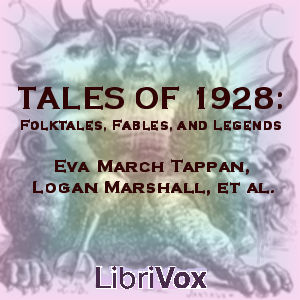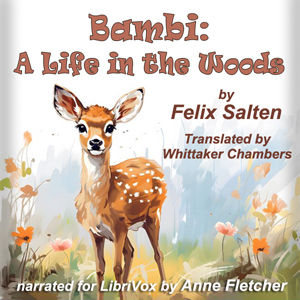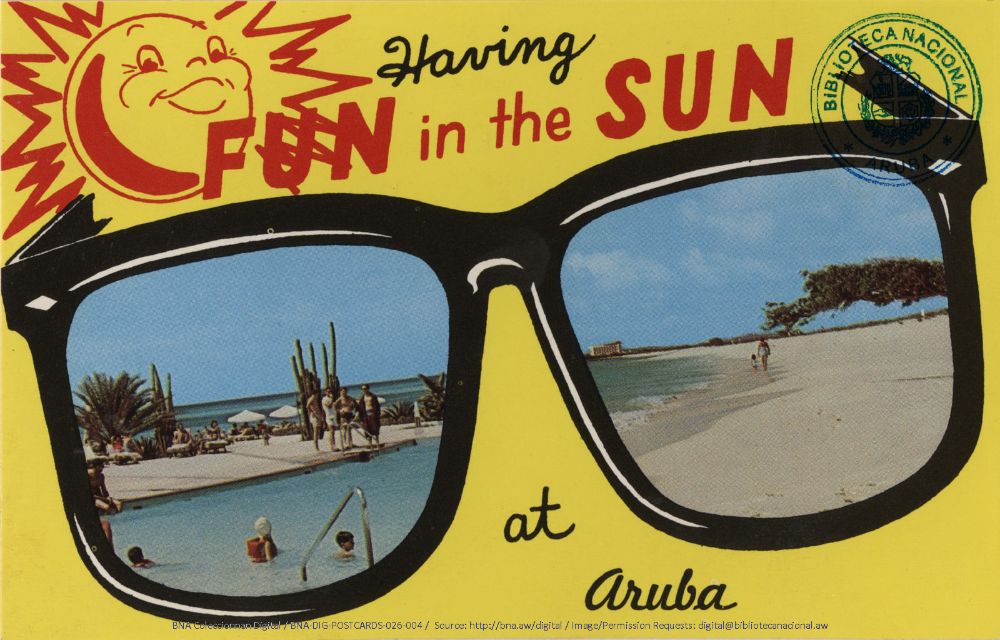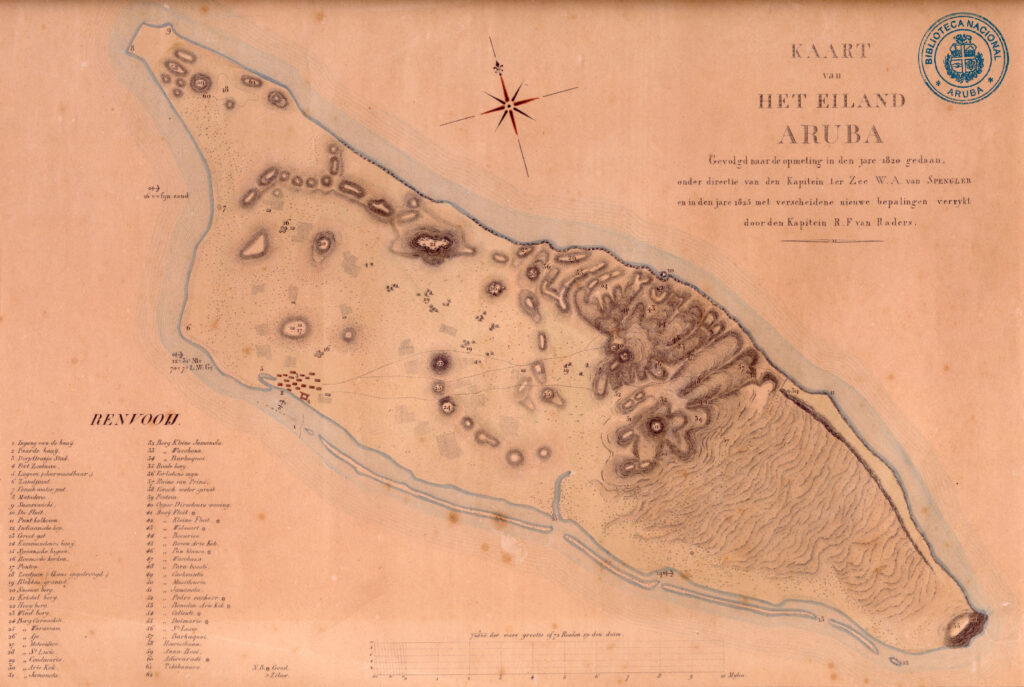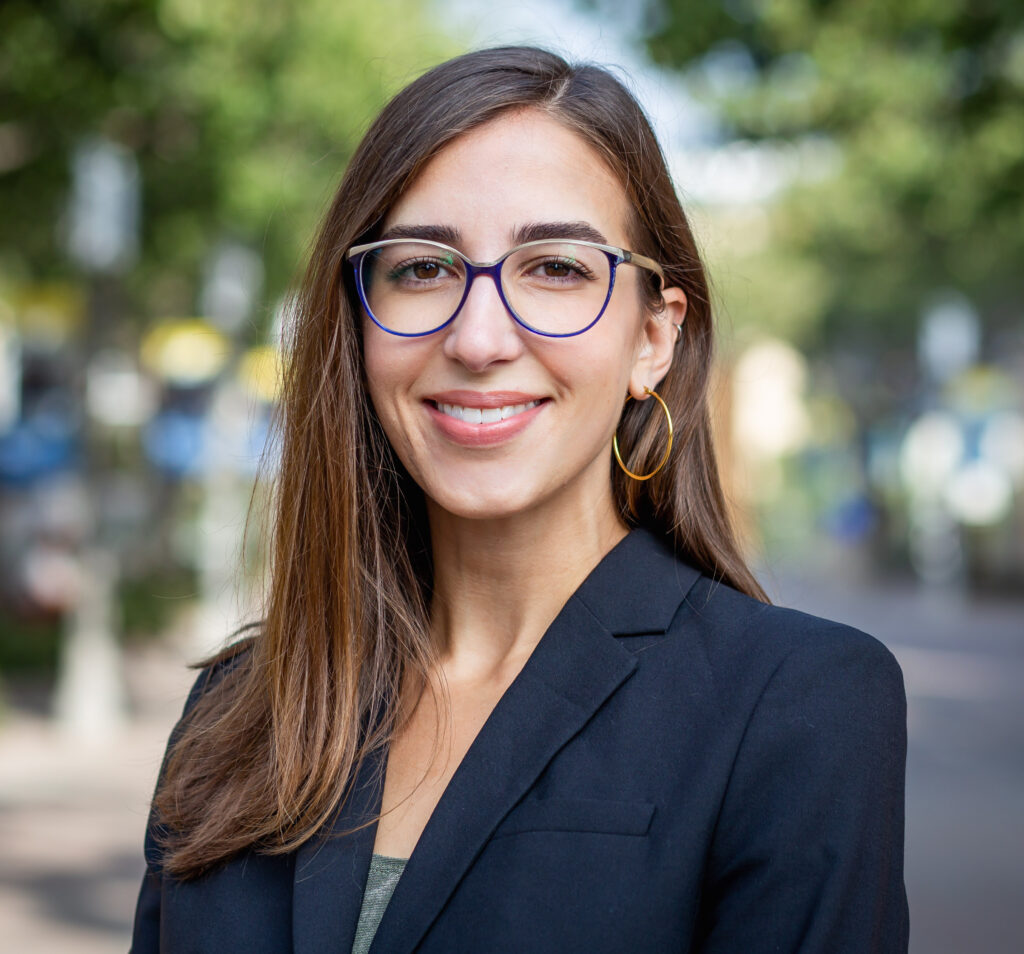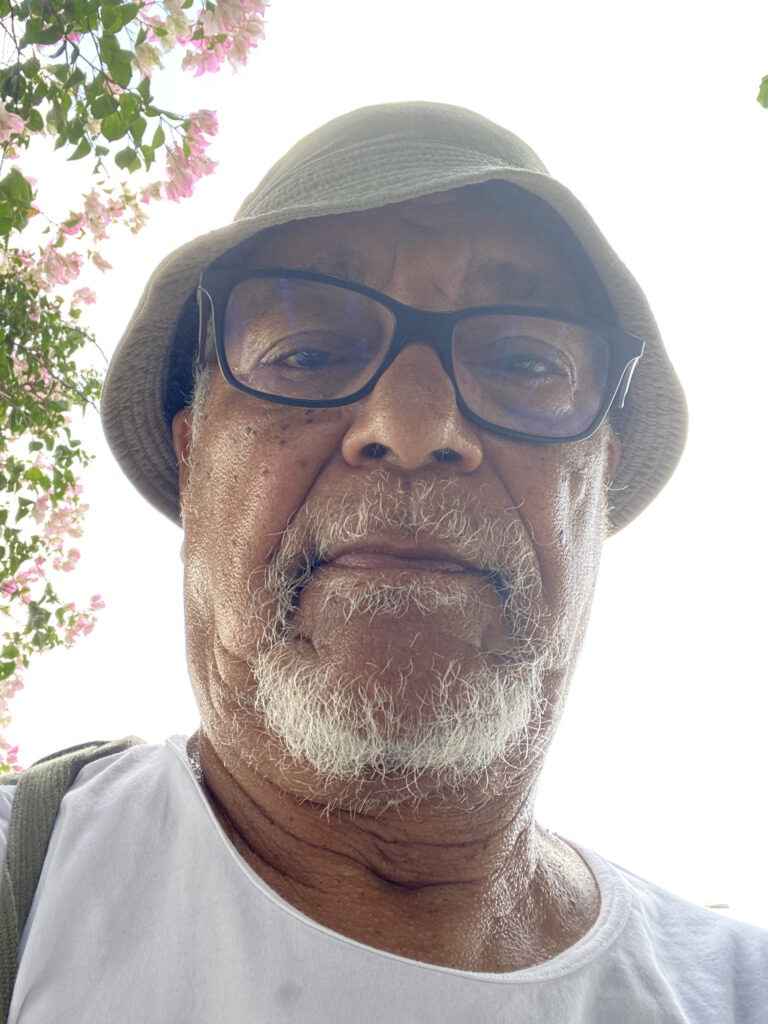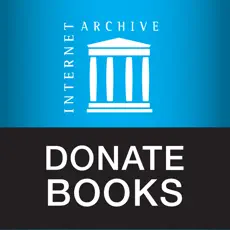
In the wake of a rapid-fire cyberattack on the Internet Archive, Brewster Kahle reassured participants at the 2024 Library Leaders Forum that the organization’s data is safe, and employees are working around the clock to fully restore services.
WATCH THE SESSION RECORDING
“It’s been a little challenging,” said Kahle, the Internet Archive’s founder and digital librarian on being hit on October 8 with a distributed denial-of-service (DDoS) attack. “We’re taking a cautious, deliberate approach towards rebuilding and strengthening our defenses. Our priority is to ensure that the Internet Archive is stronger and more secure.”
The Internet Archive’s Wayback Machine is up and running, Kahle told those at the October 17 virtual forum. Other services are progressively coming back online—although some are in a read-only mode for now.
The Internet Archive is not alone in being the target of a malicious cyberattack: The British Library and Calgary Public Library have also been victims, said Chris Freeland, moderator of the forum and director of library services.
“This is a critical moment for libraries, including our own. As a library system, together, we are facing unprecedented challenges with book bans, defunding, and now cyberattacks,” Freeland said.
Still, the Internet Archive staff and community partners remain focused on digital preservation and providing access to needed materials that serve the public interest.
WATCH THE SESSION RECORDING
Even before the technical disruption last week, Elizabeth MacLeod said the digitization teams have a contingency plan in place so scanners can work offline until systems are operational again. MacLeod manages the Internet Archive’s seven regional scanning centers and digital operations in many partner libraries.
Mek Karpeles said the Internet Archive’s Open Library, a community catalog of book metadata run by staff and volunteers, thrives by being public and open.
“Because of this whole ecosystem, Open Library’s core services have been able to continue to run,” in the aftermath of the cyberattack, Mek said. “The data is all safe, and we’re taking this opportunity to prioritize security and ensure reader privacy for our patrons.”
The cyberattack was humbling, said Mark Graham, director of the Wayback Machine, and underscored the essential service the team provides.
The Wayback Machine adds more than 1 billion URLs a day, including every URL added to every Wikipedia article across 320 languages, and URLs shared on X, and Reddit. It has rescued more than 22 million broken links in 467 Wikis.
WATCH THE SESSION RECORDING
“We are weaving ourselves and being woven more integrally into the web itself—becoming part of the essential infrastructure for the web experience,” Graham said. “We’re helping to preserve the history of the web but make it relevant and accessible to people today and into the future.”
Focusing on at-risk information, Internet Archive works to preserve television news from 30 channels around the world, using artificial intelligence to perform transcription and translation.
“Making the web more useful and reliable is what we live for,” Graham said. “Team Wayback Machine and other projects at the Internet Archive are focused on doing more and doing better.”
The forum included an update on litigation involving the Internet Archive. In September, the U.S. Court of Appeals in New York affirmed the ruling in a lawsuit filed by four large publishers (Hachette Book Group, HarperCollins Publishers, John Wiley & Sons, and Penguin Random House), explained Peter Routhier, policy counsel for the Internet Archive. To date, the Internet Archive has removed over 500,000 books from lending on archive.org as a result of the lawsuit. On another front, some of the world’s largest record labels are suing the Great 78 Project, a community effort for the preservation, research and discovery of 78 rpm records.
The Archive posted an open letter to publishers in the lawsuit to restore access to the books that have been removed from the digital library. To date, more than 120,000 people have signed, adding heartfelt messages about what the impact of the loss has meant.
“We own these books,” Freeland said. “We just want to let readers read.”
WATCH THE SESSION RECORDING
To build public awareness and support on these issues, Jennie Rose Halperin is developing a coalition to lobby the U.S. Congress for a commemorative National Public Domain Day. She invited interested parties to join in the effort through Library Futures, the organization where she serves as executive director.
Halperin is also active in pushing for a statement of principles on library ownership of digital books.
Some independent publishers are selling ebooks directly to libraries through BRIET, a new project of the Brick House Cooperative, David Moore, a writer and technologist, said at the forum.
Halperin is working alongside Charlie Barlow, executive director of the Boston Library Consortium, on Project ReShare to develop an open, standards-based, community-owned set of tools for digital lending.
Barlow has long been an advocate of controlled digital lending through BLC, and just released a report outlining CDL workflows and technologies for responsible sharing, he said at the forum. He also is working on a new consortium toolkit for CDL implementation. The report and resources can be downloaded at www.blc.org/cdl.
Also at this year’s LLF, Dave Hansen, executive director of Authors Alliance, encouraged authors to review the organization’s free legal resource guides on copyright and fair use so they see their work more widely disseminated.












